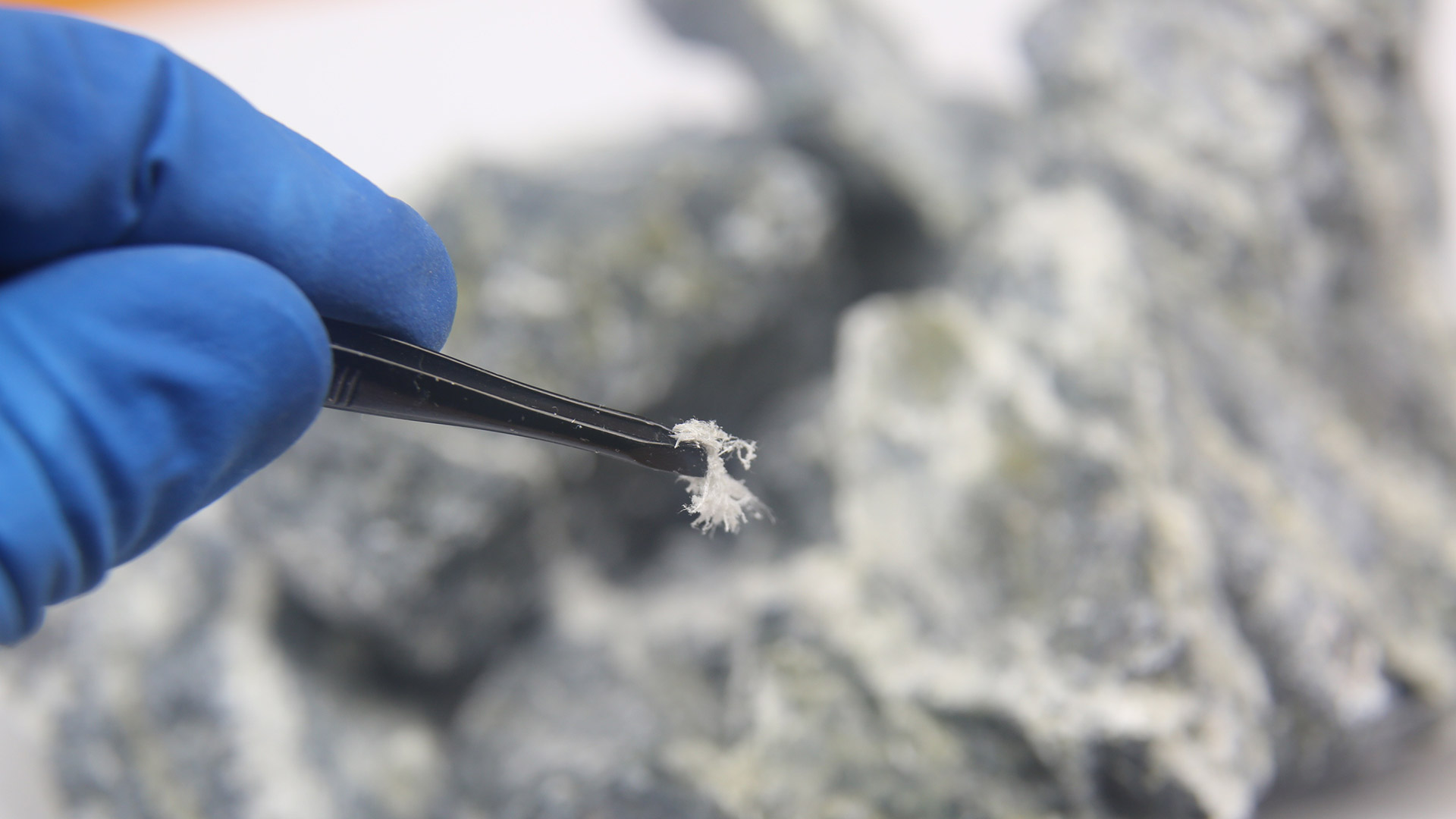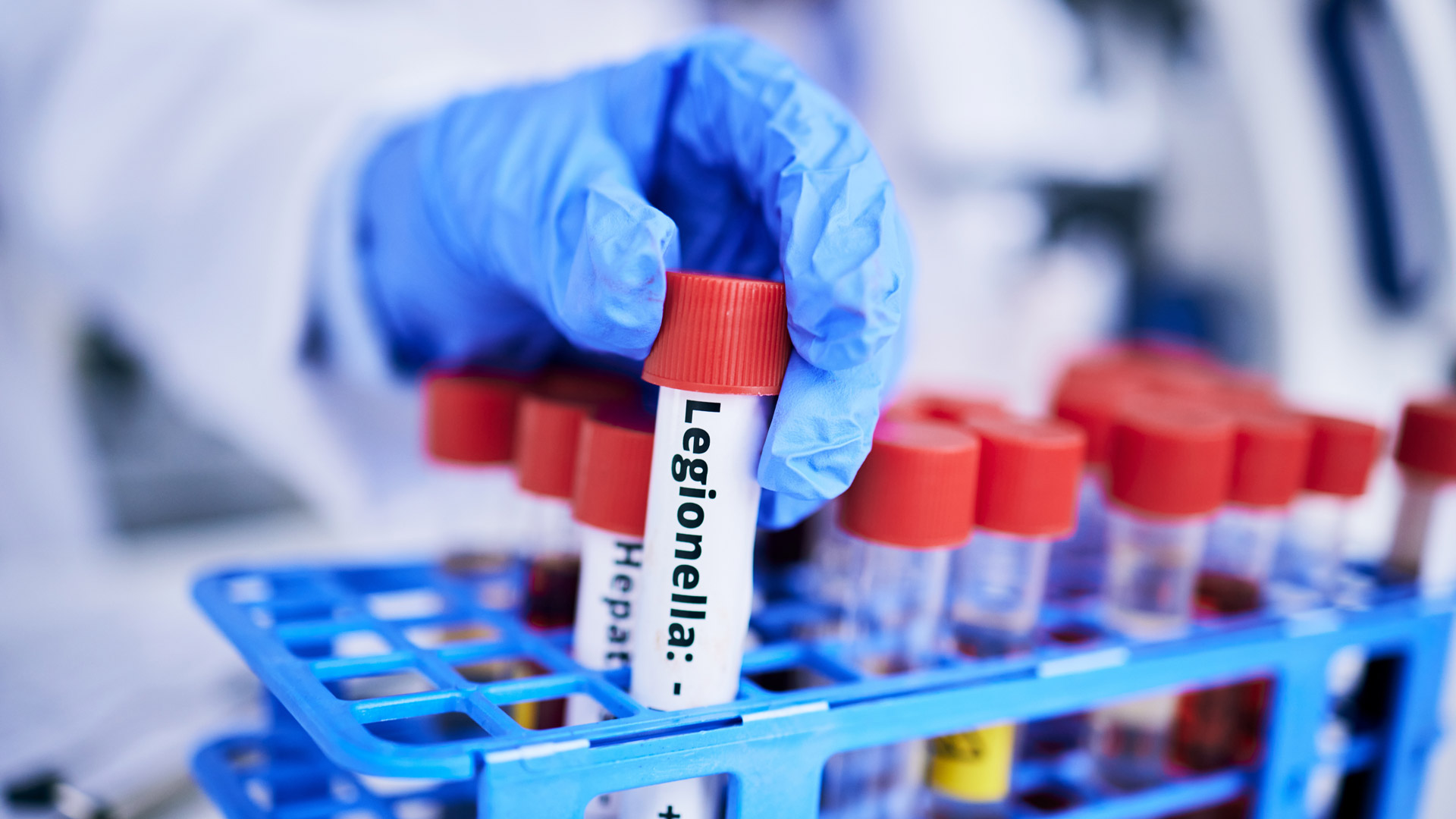Asylum seekers being housed on the Bibby Stockholm barge have all been removed after traces of Legionella bacteria were found in the on-board water system.
The Home Office said all 39 migrants on board the vessel in Dorset were disembarked as a precaution.
Legionella bacteria can cause Legionnaires’ disease - a type of pneumonia. Most people who contract Legionnaires’ disease make a full recovery, but around 10% of cases are fatal. People with underlying health conditions, the over 50s and smokers are at risk of serious illness.
A Home Office source told the BBC that results showing "low levels" of Legionella in the water system on the Bibby Stockholm were received by a contractor last week.
Further testing has been done by Dorset Council's environmental health team and it is expected that people will be moved back only if and when the water supply is completely clear of contamination.
The council added that the samples related "only to the water system on the vessel itself, not the fresh water entering the vessel". It said there was "no risk for the wider community of Portland".
Legionnaires' disease does not spread from person to person.
Legionella risks in your workplace
Any water system, with the right environmental conditions, could be a source for Legionella bacteria growth. There is a reasonably foreseeable Legionella risk if your water system:
- Has a water temperature between 20-45°C.
- Creates and/or spreads breathable droplets, e.g. aerosol created by a cooling tower, or water outlets.
- Stores and/or re-circulates water.
- Likely to contain a source of nutrients for the organism to grow, e.g. rust, sludge, scale, organic matter and biofilms.
The most common sources of Legionella are in man-made water systems including:
- Cooling tower and evaporative condensers.
- Hot and cold-water systems.
- Spa pools.
There are also a number of other potential risk systems that may pose a risk to exposure to Legionella, e.g. humidifiers, air washers, emergency showers, indoor ornamental fountains, etc.
People contract Legionnaires' disease by inhaling small droplets of water (aerosols), suspended in the air, containing the bacteria.
If you are an employer, or someone in control of premises (e.g. landlord), you have a duty to understand and manage Legionella risks. All systems require a risk assessment but not all systems will require elaborate control measures. A simple risk assessment may show that the risks are low and being properly managed to comply with the law. In such cases, your assessment may be complete and you may not need to take any further action, but it is important to review your assessment regularly in case anything changes in your system.
Reviewing what you do
Checking what you do and reviewing your risk assessment regularly allows you to assess your performance before an accident, incident or ill health can happen. This includes checking that you have been successful with your specific plans and objectives, the operation of your health and safety management system, and compliance with performance standards, e.g. for hot water outlets the water temperature should be at least 50°C (55°C for healthcare premises, e.g. hospitals and NHS Trusts) within a minute of running the water. This will help to implement improvements in the future.
The following general questions will help you to decide whether your approach to controlling Legionella is working or whether it needs updating.
- Is there a risk assessment in place for the system?
- Does the risk assessment contain a description of your system, e.g. an up-to-date schematic diagram of the system, showing what the system comprises including parts out of use?
- Does the risk assessment conclude that there is no significant risk?
- If the risk assessment does identify a significant risk then:
-
- Is there a written control scheme in place to address the risks?
-
- Has a responsible person(s) been identified in writing?
-
- Are the roles and responsibilities of all staff involved in the control regime clearly defined in writing and have they all received appropriate training?
-
- If external contractors are used, are their roles and responsibilities clearly defined, in writing, and have you checked on the competence of the contractors/consultants and found it acceptable (e.g. experience and qualifications, training, membership of professional organisations or recognised trade body)?
- Have you considered all other health and safety issues (e.g. COSHH assessments for handling of water treatment chemicals, working at height, working in confined spaces, electrical safety and ease of access to parts of the system)?
Further guidance is available from the HSE at What is Legionnaires' disease?
International Workplace's Legionella Awareness training course ensures your organisation meets the Approved Code of Practice (ACoP) and guidance for Legionnaires disease, and the control of Legionnaires bacteria in water systems. Legionnaires disease is a potentially fatal form of pneumonia and although the disease can affect anyone, those with weak immune systems, older people or people with existing illnesses or health issues, are more susceptible to the disease. Learners will leave this course with a thorough understanding of their responsibilities and how to manage the risks associated with Legionnaires disease.
You may also be interested in
RELATED CONTENT
RELATED CONTENT

Introduction to health and safety gives learners a basic introduction to managing safety in their workplace.

The asbestos course looks at how to manage asbestos in the workplace and recognise the risks.

The Control of Substances Hazardous to Health (COSHH) course helps learners carry out work involving hazardous substances safely.

The Legionella course ensures people understand the risk of legionella and are aware of the requirements of the L8 ACoP.

A survey of nearly 1,700 people across the recycling and waste management sector by the Environmental Services Association (ESA) has suggested the ind...

Friday is the most hazardous day of the week for fleet drivers with the highest number of accidents, speeding events, and incidences of aggressive dri...

The UK government has announced it will not match new EU restrictions on various potentially hazardous chemicals, including the “rubber crumbs” used t...

Global Asbestos Awareness Week 2023, organised by the Asbestos Disease Awareness Organisation, takes place this week (1-7 April), aiming to raise awar...